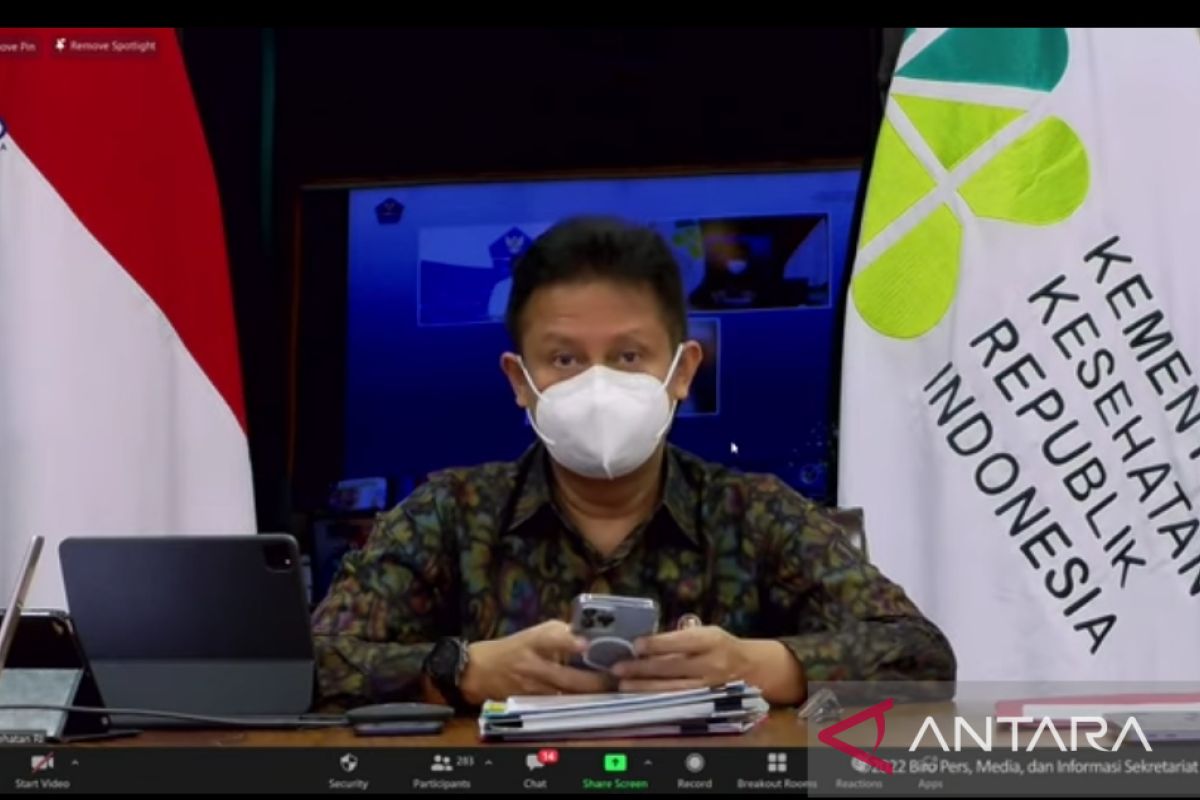"Concerning the policies after Eid al-Fitr, we have not yet seen any rise in cases," he noted while delivering a press statement virtually on the National Disaster Mitigation Agency's (BNPB's) YouTube channel on Tuesday evening.
"As to whether or not there will be, I estimate that there will be (a surge in cases) due to higher mobility," he added.
Once the positivity rate, or the proportion of positive cases from the entire tested population, is below five percent and the infection rate is below one percent, then the cases can be categorized as under control, he explained.
The government monitors the COVID-19 reproduction rate every week, and it is below one percent, so it should still be under control, Sadikin explained.
Based on the experience of Christmas and New Year as well as Eid al-Fitr in 2021, the indication of rising cases usually occurs within the time span of 27 to 34 days after major holidays.
"This year's Eid al-Fitr was on May 2, 2022, so we will see it at the end of this month. Insya Allah (God willing), there will not be a significant rise," the minister remarked.
According to the daily report from the COVID-19 Handling Task Force, the active case rate in Indonesia on Tuesday noon reached 3,898 cases, or decreased by 799 cases.
Meanwhile, the positive confirmed cases rose by 247. With this addition, the total number of cases reached 6,051,205 since March 2020.
The number of recovered patients reportedly increased by 1,029, with the total number of recoveries reaching 5,890,826.
Meanwhile, the total death count was pegged at 156,481, or increased by 17 people.
Related news: Active cases in 7 regions dip as restrictions take hold
Related news: Indonesia not among 10 countries with highest COVID cases: President
Translator: Andi Firdaus, Fadhli Ruhman
Editor: Suharto
Copyright © ANTARA 2022












